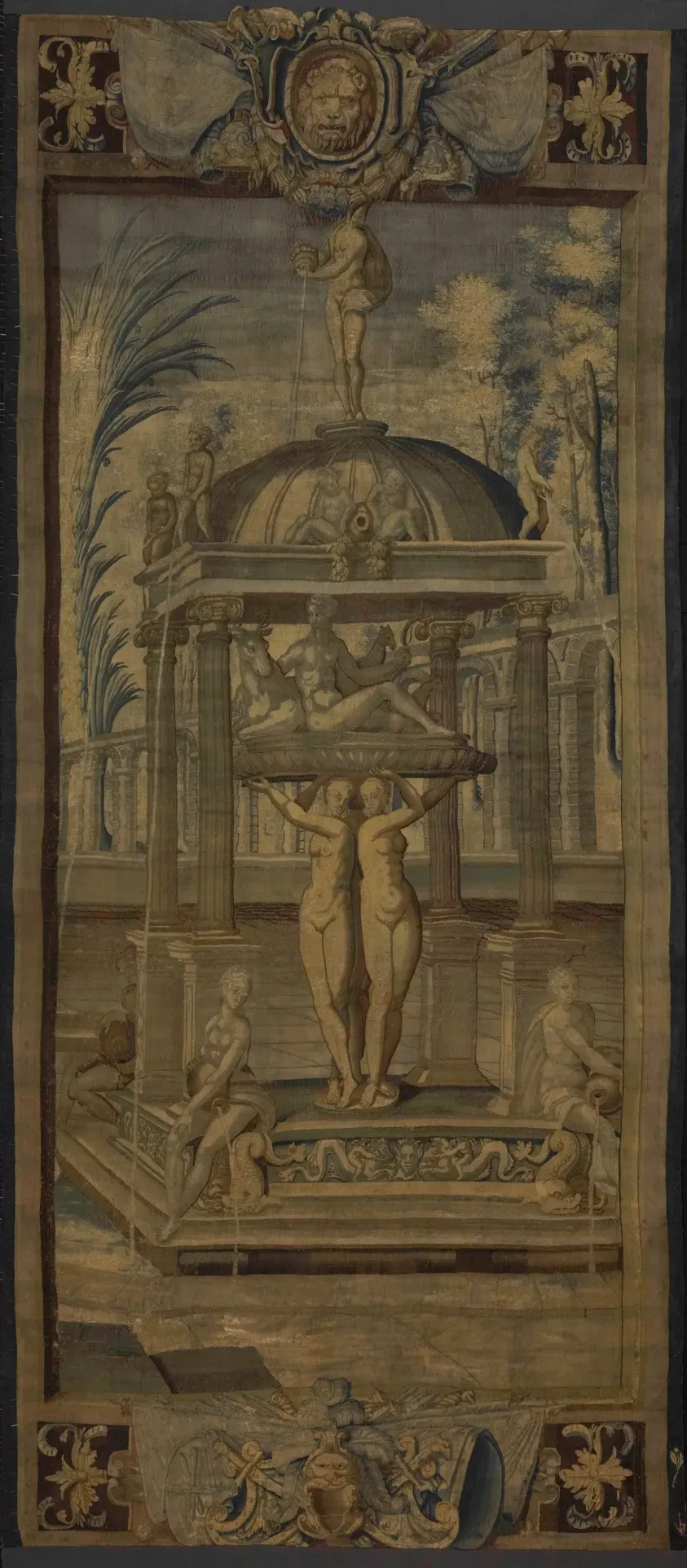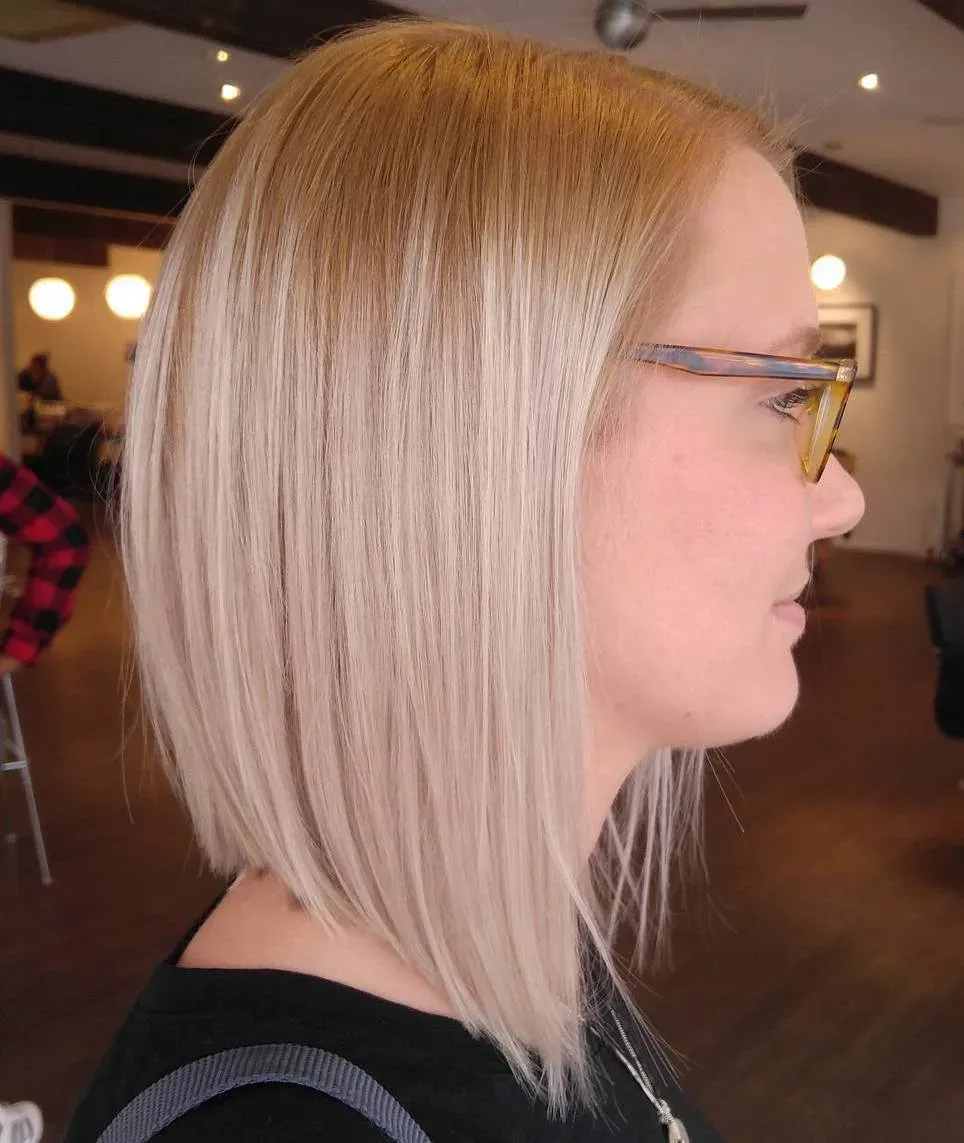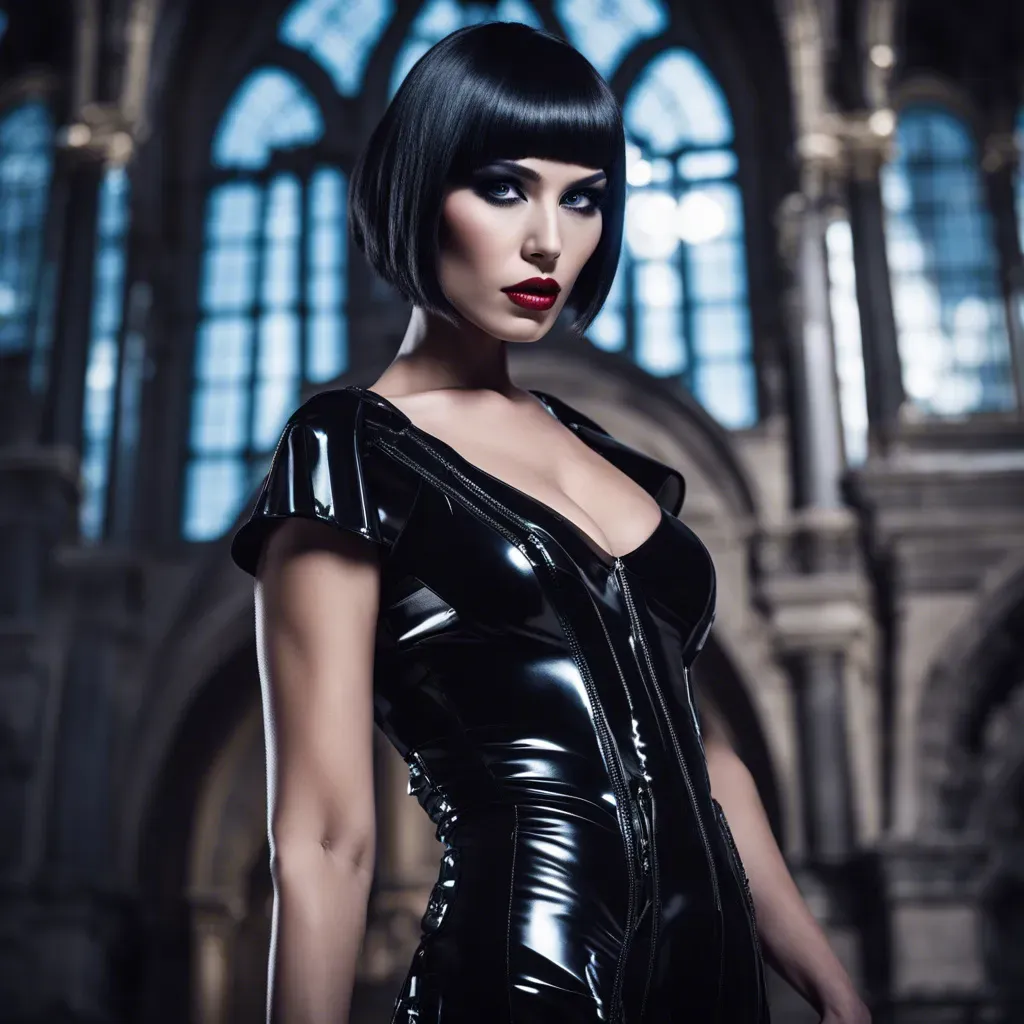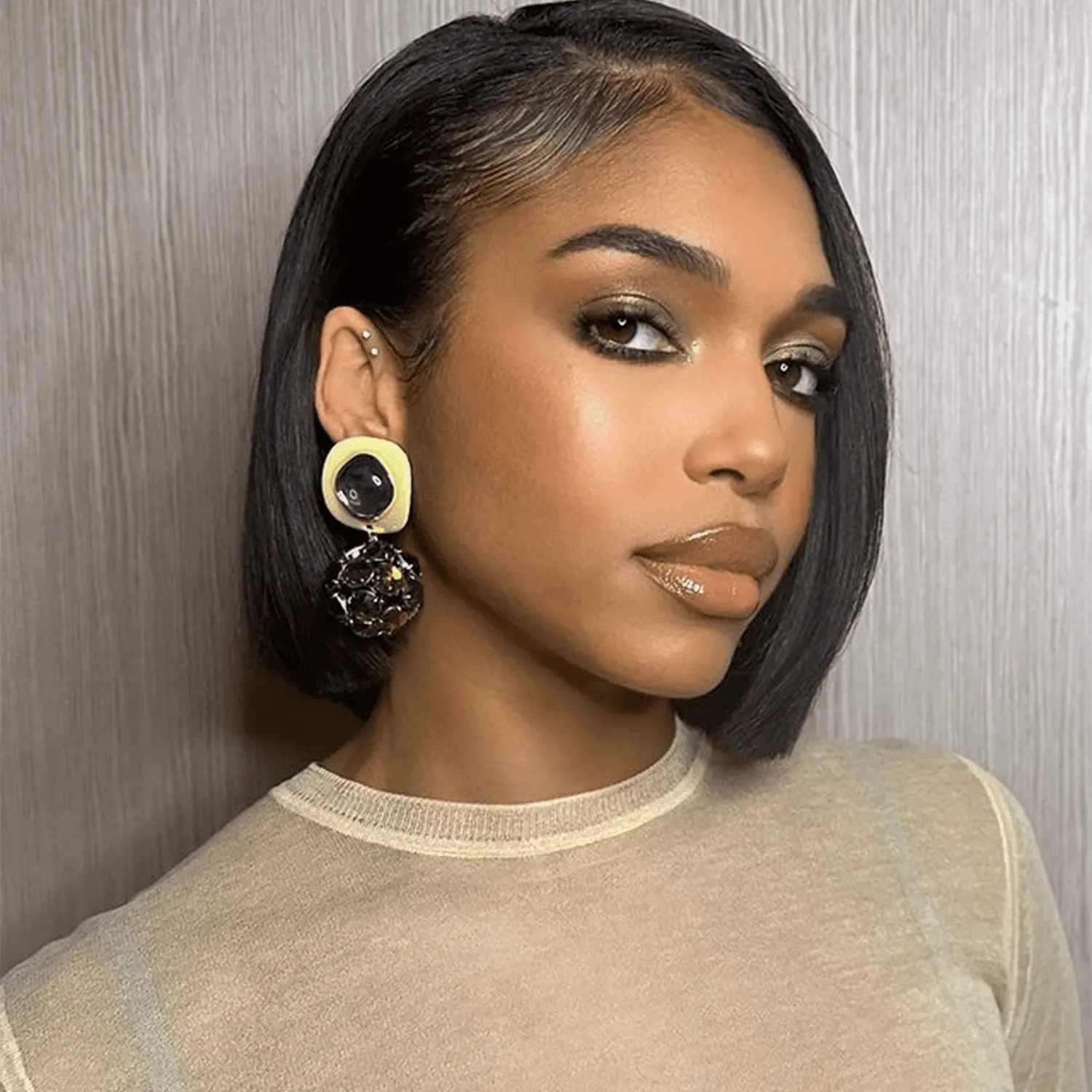Let's be honest, seeing gorgeous, voluminous bobs everywhere can feel like a cruel joke when you're dealing with hair so thin a strong breeze could expose your scalp. You might have heard that cutting thin hair short is a one-way ticket to looking even flatter, like a sad, limp noodle. Forget that noise. A well-executed thin hair bob cut is actually one of the smartest moves you can make. It’s not about removing volume; it’s about removing dead weight that pulls everything down and adding structure where you need it most. Think of it less like losing hair and more like strategic architecture for your head.
Does a thin hair bob cut actually work?

Does a thin hair bob cut actually work?
The Myth of the Flat Bob
let's tackle the big question head-on: Does a thin hair bob cut actually work? For years, you've probably heard the opposite – that short hair on thin strands just makes things worse, highlighting the lack of density. It's a common fear, and frankly, a lot of bad haircuts out there have fueled this myth. People chop off length hoping for a miracle, but if the cut isn't right, it just looks... sparse. The truth is, a good bob is a strategic haircut, not just a length. It's about creating the illusion of fullness and giving your hair a fighting chance.
Why a Bob Can Be Your Thin Hair's Best Friend
When you have long, thin hair, the weight of those longer strands pulls everything down. It stretches out the hair, making it look even thinner and flatter, especially at the roots. Cutting it into a bob removes that excess weight. It allows the hair to bounce up naturally and creates a stronger, blunter line at the bottom. This blunt edge is key because it makes the ends look denser and thicker than wispy, see-through long ends ever could. It's like giving your hair a fresh start, a structural redesign.
Think about it: a long, thin curtain versus a shorter, crisp edge. Which one looks more substantial? Exactly. The right bob eliminates the stringy bits and consolidates the volume higher up, closer to your face, which is where you actually want it.
- Removes weight that causes flatness.
- Creates a blunt line for a denser look.
- Allows hair to appear fuller from root to tip.
- Provides a structured shape that holds style better.
Beyond Just Cutting: The Right Technique Matters
It's not just *any* bob, though. A truly effective thin hair bob cut requires the right technique from your stylist. Heavy layering can sometimes make thin hair look even thinner and wispier. Instead, techniques like subtle graduation at the back, strategic internal layering (not too much!), and that crucial blunt perimeter are what make the difference. Your stylist needs to understand how thin hair behaves and cut accordingly, working with your hair's natural texture and growth pattern. Don't just ask for "a bob"; ask for a bob that works for *thin* hair. It's a conversation about structure, not just length.
Finding the best thin hair bob cut style for you

Finding the best thin hair bob cut style for you
Match Your Bob to Your Face Shape
so you're sold on the idea that a thin hair bob cut isn't a death sentence for volume. Great. But not all bobs are created equal, especially when your hair is on the finer side. The first thing to wrap your head around is your face shape. A bob that looks killer on someone with a long face might look totally different on you if you've got a rounder one. It's about using the cut to balance your features. For example, if your face is round, a slightly longer bob, maybe hitting below the chin, can help elongate it. A sharp, jaw-length bob can highlight a strong jawline on a square face, while softer, slightly layered ends might be better for a heart-shaped face to balance a wider forehead.
Don't just pick a picture off Pinterest and demand that exact cut. Talk to your stylist about what bob length and shape will actually flatter *your* face, not just the model's. It makes a massive difference in how the final cut looks and feels.
Face Shape | Recommended Thin Hair Bob Cut | Why it Works |
|---|---|---|
Round | Longer bob (LOB), angled bob | Elongates the face, adds definition |
Square | Jaw-length blunt bob, bob with soft layers around face | Highlights or softens jawline |
Oval | Most bob styles work; blunt, angled, or layered | Versatile shape, can pull off many looks |
Heart | Chin-length bob, bob with bangs or face-framing layers | Balances wider forehead, draws attention to eyes/chin |
Consider Your Hair Texture and Daily Grind
Beyond face shape, think about your natural hair texture and your daily routine. Is your thin hair poker straight, or does it have a bit of a wave? A blunt, one-length thin hair bob cut is fantastic for straight, fine hair because it maximizes the appearance of thickness at the ends. If you have a slight wave, a bob with minimal, strategic layering can help enhance that texture without making your ends look sparse. You don't want layers that are too short or choppy.
Also, be real about how much time you want to spend styling. A super precise, angled bob might require more effort with a straightener or blow dryer than a slightly softer, textured bob. If you're a wash-and-go person (and who isn't some days?), lean towards a cut that works with your hair's natural tendencies, not against them. Your stylist should ask these questions, but you should also speak up about your lifestyle.
Styling your thin hair bob cut for maximum lift

Styling your thin hair bob cut for maximum lift
Picking the Right Products for Lift
so you've got the perfect thin hair bob cut. Now comes the daily mission: making sure it doesn't look like you slept on a pancake. The products you use are half the battle. Forget heavy creams or serums that promise shine but deliver limpness. Your goal is lift and texture, not weigh-down. Look for mousses specifically designed for volume, root-lifting sprays, and texturizing sprays. Apply volumizing mousse to damp roots and mid-lengths before blow-drying. Root lifter goes *right* at the scalp where you want that initial boost. Texturizing spray is for adding grit and hold *after* it's dry.
Think lightweight formulas. If a product feels sticky or heavy in your hands, it's probably going to make your thin hair sad and flat. It's a bit of trial and error, honestly. What works wonders for one person might do nothing for you. Be prepared to experiment, but start with products labeled 'volumizing,' 'lightweight,' or 'texture.' Avoid anything that mentions 'smoothing' or 'hydration' unless it's a targeted treatment away from the roots.
Mastering the Blow Dry Technique
How you dry your hair makes a monumental difference for your thin hair bob cut. Drying it flat against your head guarantees zero volume. You need to lift those roots! Start by rough-drying until it's about 80% dry, using your fingers to lift the roots away from your scalp. Then, grab a medium-sized round brush. Section your hair. Take small sections, place the brush under the root, and lift up and away from your head as you direct the airflow from your blow dryer upwards. Hold the heat on the root for a few seconds, then pull the brush through to the ends, giving them a slight bend under or a flip out depending on your desired look.
For extra root lift, try flipping your head upside down for the initial rough dry. It feels silly, but it works. Once it's mostly dry, flip back over and refine with the round brush. Always finish with a blast of cool air on each section after heating it. This sets the style and adds shine. Don't skip the cool shot; it's crucial for hold.
- Apply volumizing mousse to damp roots.
- Use a root-lifting spray directly on the scalp.
- Rough dry hair mostly upside down.
- Use a round brush to lift roots while blow-drying sections.
- Finish each section with a cool air blast.
- Add texturizing spray to dry hair for grit and hold.
Finishing Touches and Tools
Once your thin hair bob cut is dry, it's time for the final touches. A good texturizing spray is your best friend here. Lift sections of your hair and mist it underneath, focusing on the mid-lengths and ends. Gently scrunch or piece out sections with your fingers. This breaks up the hair and adds that effortless, lived-in volume. You can also use a dry shampoo, even on clean hair, specifically for the texture and lift it provides at the roots. Just spray, wait a minute, and rub it in.
Consider investing in a good quality dry texture spray and maybe a fine-tooth teasing comb. Subtle backcombing at the crown can create significant volume that lasts. Just be gentle; aggressive teasing can damage thin strands. Lift a section, push the comb down towards the roots a couple of times, spray with a light-hold hairspray, and gently smooth the top layer over. It's not about creating a bird's nest, but a subtle cushion underneath.
Keeping your thin bob cut looking its best

Keeping your thin bob cut looking its best
Maintenance is Key
Alright, you've got the killer thin hair bob cut, you've mastered the styling, but keeping it looking sharp isn't a one-and-done deal. Thin hair is prone to split ends and breakage, which can quickly make your blunt bob look ragged and, yes, even thinner. Regular trims are non-negotiable. Every 6-8 weeks is usually the sweet spot to keep that crucial perimeter line strong and remove any damage before it creeps up the strand. Think of it like tuning a guitar; you need to keep it in shape for it to sound good. Ignoring trims means your perfect blunt line dissolves into wispy, see-through ends, which defeats the whole purpose of this cut for thin hair.
The Bob for Thin Hair: It's Not a Myth
So, there you have it. The idea that thin hair and bob cuts are mortal enemies? Pure fiction, usually peddled by someone who got a bad cut or tried to make a blunt bob work without understanding their hair. The truth is, the right thin hair bob cut, chosen with your specific hair texture and face shape in mind, can be a game changer. It’s about strategic length, clever layers, and styling techniques that add lift and movement where nature didn't. It requires a bit of thought and maybe a conversation with a stylist who actually gets it, but the result is hair that looks fuller, feels healthier, and is frankly, a lot easier to manage than those long, wispy ends you were holding onto. Give the right bob a shot; you might be surprised.